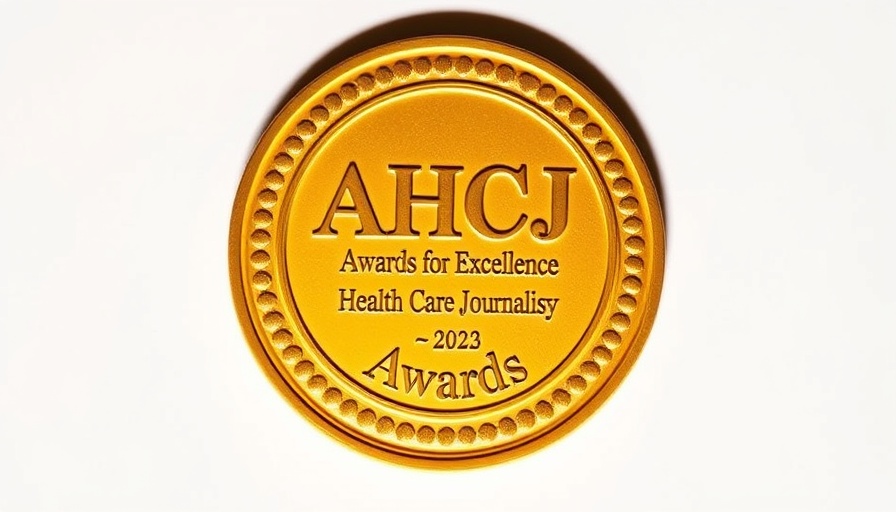
Celebrating Excellence in Health Journalism
The Association of Health Care Journalists (AHCJ) recently announced the winners of its prestigious 2024 Awards for Excellence in Health Care Journalism. This annual contest, now in its twenty-first year, is dedicated to honoring the best health reporting across various media platforms. This year drew an impressive 438 entries that spanned 14 categories, reaffirming the increasing importance of health journalism in today’s society.
Focusing on Students: Leveling the Playing Field
Notable adjustments made to the contest this year included a revamped Student category. Christine Herman, a board member and chair of the contest committee, highlighted efforts to inspire student engagement in health journalism by focusing entries on works created as part of student-led publications or university outlets. The intentional outreach resulted in the highest number of student submissions the contest has ever received, underscoring the excitement around new voices in health reporting. “We could not run this contest without the over 100 judges who evaluated the entries,” said Herman.
Highlighting Impactful Stories
This year’s winners showcased a myriad of significant health issues. In the Audio Reporting (large division) category, Shoshana Wlater, Marianne McCune, and Jenny Casas delved into a heart-wrenching case concerning a woman who lost custody of her newborn due to flawed opioid drug testing practices. This poignant investigative story, done for Reveal, The Center for Investigative Reporting, and PRX/The Marshall Project, speaks to systemic flaws and raises awareness about the impact of such practices on families.
Meanwhile, the small division winner, Jordan Gass-Pooré, explored a fascinating historical moment—the accidental discovery of Teflon in South Jersey and the long-term consequences of PFAS contamination for NJ Spotlight News and NJ PBS. Such investigative journalism highlights the path from discovery to public health implications, encouraging readers to think critically about industry practices.
Breaking News with a Personal Touch
Stephanie Nolen of The New York Times won in the Beat Reporting category for her insightful coverage of Mpox—a health issue significantly affecting communities today. Her coverage demonstrates how diseases can influence cultural perceptions and healthcare policy, reminding readers that health journalism is much more than numbers; it’s about people’s lives.
The accolades didn't stop there. The NBC News and Noticias Telemundo team won in the Business Reporting category for their hard-hitting investigation into the ethical concerns around unclaimed bodies being used for medical research. Such reporting highlights significant ethical dilemmas in medicine that have direct implications for families and the society at large.
Exploring Health Through Features
Award-winning features included a piece by Sarah Zhang, who reported on groundbreaking advancements in cystic fibrosis treatment for The Atlantic and Esther Landhuis, who illuminated evolving medical diagnoses for Undark Magazine. These pieces reflect the growing intersection of cutting-edge science and journalism, embodying the spirit of advocacy that keeps readers informed and engaged.
The Future of Health Journalism
As we move forward, the role of health journalism remains crucial in navigating the complexities of health care systems and public health awareness. The AHCJ Awards exemplify the dedication of journalists to provide transparency in health care, inspire change, and encourage wellness through informed storytelling.
As role models emerge in health journalism, prospective health fanatics can take cues from these stories, embracing not just journalistic integrity but a commitment to education about health issues. Whether through awareness of drug testing practices, advocacy for ethical research, or understanding conditions like cystic fibrosis, there is much each of us can learn from these compelling narratives. The wellness journey begins with stories that stick with us—making health journalism evermore relevant.
Are you passionate about health? Join your local health journalism community or follow the inspiring work of AHCJ to learn how you can contribute to the conversation on health and wellness.
 Add Row
Add Row  Add
Add 




Write A Comment